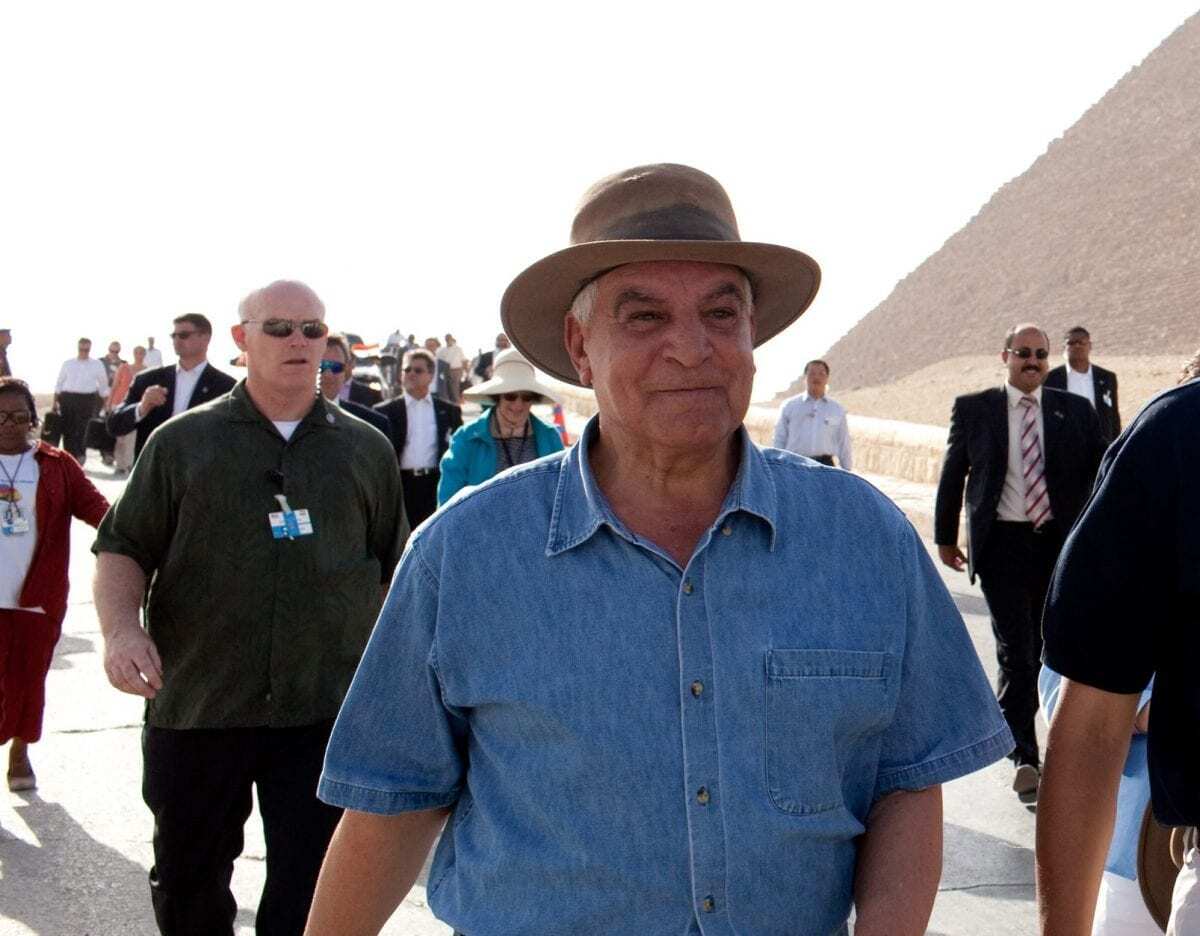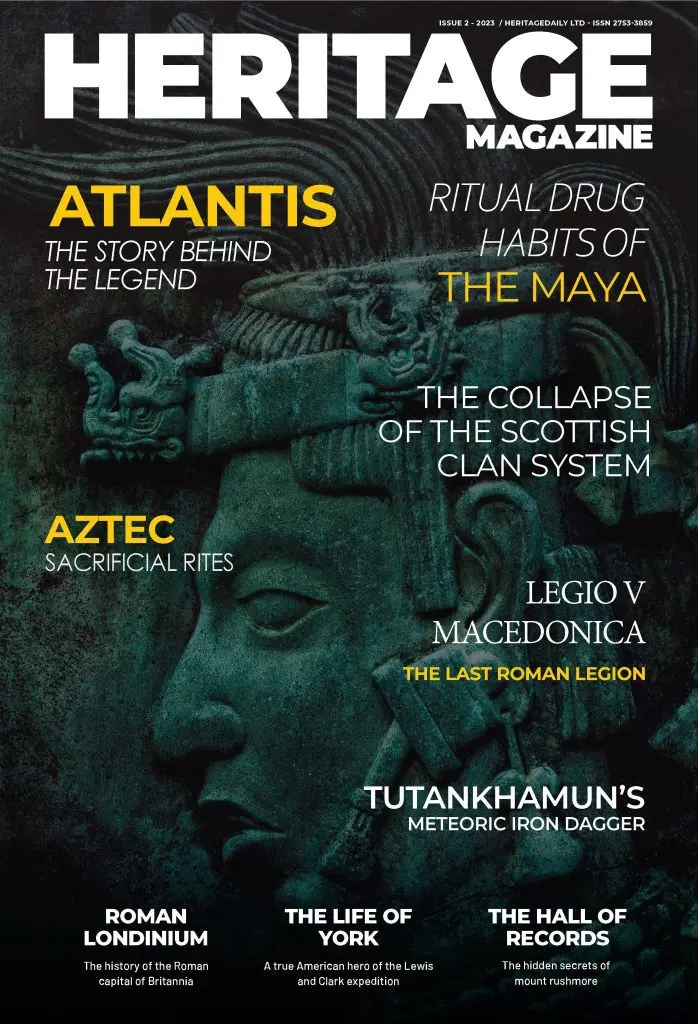In the year of our Lord 2011, a silence fell like a shadow over Egypt, a silence so loud it’s roar was heard around the world.
Like something straight from the walls of one of the great monuments, our newspapers and televisions produced hieroglyphics that depicted an age of larger than life characters and of political and social revolution, the likes of which we have difficulty in believing in the 21st Centuries ability to produce such events in a bloody and somewhat nonchalant attitude, reminiscent of events we deem to stay in history books.
Dear and beautiful Egypt had been violated once again, and the people, like blood cells to infection, screamed the scream of liberty and danced to the drums of revolution. Tahrir Square was the stage, and the people of the nation had had enough of being merely players. They marched under the colours of hope on an establishment who’s last dying breath had been held for the longest time. For 18 days, Egypt was fighting back.
Alas however, amidst the chaos of liberty Egypt lost some of her greatest treasures, museums were looted by rioting citizens and monuments defaced and defiled. The monuments which have withstood hell fire and brimstone for more than fifty centuries, which are the beacons to achievements not yet resigned to oblivion, groaned under the weight of the strife which had been looming on the horizon, and preparing to witness the decline and fall of the figurehead who had became known as the ‘guardian of Egypt’.
After running the council since 2002, In January 2011, Hawass was named Chief Minister of the Supreme Council of Antiquities, 11 days later, Mubarak’s regime was toppled. On the 5th March of that year, Hawass resigned, citing anger at the army’s failure to protect the monuments and himself the target of claims he stole antiquities Claims which he refuted determinedly.
In June more news has been propelled to the world stage. The veritable rock star who wields a trowel instead of a lonely old six string, Mr Zahi Hawass announced officialy his retirement from his job as the head of the Supreme Council Of Antiquities In Egypt. Well, a retirement of sorts anyway….A replacement has still yet to be named, and for want of a suitable replacement, Hawass still works in the position.
In January, while the people were storming the streets, the archaeologists took up arms and themselves enforced strike action outside the offices of the Antiquities Council. Demanding the usurpation of the Pharoah of Antiquities. In ironic affect, Hawass is the centre of a war of appeasement. Archaeologists have had enough of his management style, his monopoly on the world media, and in short, his narcissistic attitude. The word on the desert street is that Hawass has been forced to give up his position due to the anti-government sentiments thrown up by large parts of the population.
Since the revolution and subsequent departure of Hosni Mubarak. The whisperings that had been gathering about Hawass had been quickly turned into shouts, demanding under no uncertain terms that Hawass should bow out of the politics of the heritage of Egypt and stay out for good. Many of these shouts, somewhat surprisingly came from fellow archaeologists in Egypt, from the guards who man the posts at the sites dotted around the country and the people themselves, who saw Hawass as a relic of a despotic dynasty that had no place in the future society. Ironically however, Hawass was given the job in question by Mubarak in his death throes of power.
He is a veritable one man band, and his song is louder than everybody else’s, and he bares no bones in showing it. Of course evidence of this can be seen, turn on the television to watch a programme on Ancient Egypt and the first thing you will see is either a panoramic view of the pyramids or a panoramic view of Hawass, talking about how Egypt is the epicentre of the archaeological world, (I am only exaggerating slightly, this was recently pointed out to me and it is truly startling, the man is everywhere) He even has is own clothing line….yes, a clothing line that is sold in Harrods no less.
His website is truly a sight to behold also, showing Hawass in a number of action shots and whimsical and poetic quotes on every page. It sounds more like the life of a rock star than that of a humble archaeologist. His last book retails at a whopping 22,000 Egyptian Pounds, which is £2,300 . (After the inevitable faint, just check to see if you read that right…..yes you did) His name; ‘Zahi’ means ‘Vain’ in Arabic. It is claimed that he steals discoveries made by other archaeologists, and even recycles discoveries in his unending quest for public acclaim, for Egypt and himself. His finances have been called into question, as has his relationship with Mubarak and his wife, Suzanne.
Using his authoritarian behaviour to elbow his way around. He was put on trial over the contract with a company which marketed sales of his trademark fedora. Essentially he awarded this company the rights to run the souvenir shop in the National Museum located in Cairo.
However, I must step carefully here, because this man maybe deserves a little to look in the mirror, put on his hat in slow motion and mouth the words: ‘Let’s go save some heritage’ because he has done wonders for Egypt’s economy and the synergy of it’s history. He has worked hard for Egypt’s history, and yes in doing so has won some acclaim that has inflated his fedora adorned head a wee bit. But commitment and tireless campaigning for the greater heritage-related good is what Hawass is recognised for, and that is certainly something to be taken into account.
To believe one’s own hype and legend is not a crime, it can be described as a fallout from being so successful, but to utilise that hype at the expense of something so beautiful and important as a nations historical well-being, that most certainly is. Hawass may have been the victim of his own celebrity, and be doomed to forever walk in his own shadow. But everybody is human, everybody is cut from the same genetic cloth. Lest we forget however, that as a symbol, this man will live forever.
He is the larger than life character who we love to hate, who we loathe to adore, and who we are destined to respect. Although I will not be purchasing his ridiculously priced book or partake in his fashion line, still in my mind he will always be the pioneer to one of the last frontiers, our own past. He may not be perfect, but he inspired thousands to pick up a trowel or a pen in the name of archaeology, and I could still watch and listen to him teach me about the glories of Egypt for hours on end, and forget about politics and revolutions, and lose myself. For that I tip my proverbial fedora to you Hawass, and bid you farewell. But with a character such as Hawass, the last is not heard of him, of this I am sure.
I give the warmest wishes of luck to his successor, whoever they will be, who I’m sure will carve a niche all of their own, and will hopefully bring some semblance of stability and peace that the historical record of the great nation of Egypt sorely needs.
Header Image Credit : Pete Souza







